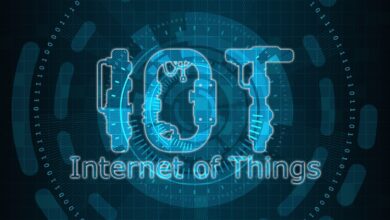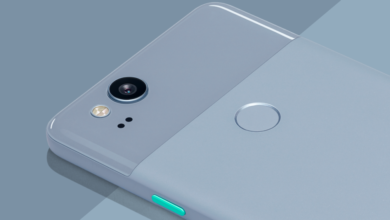Understanding The science behind fiber optics and how it Connects our World
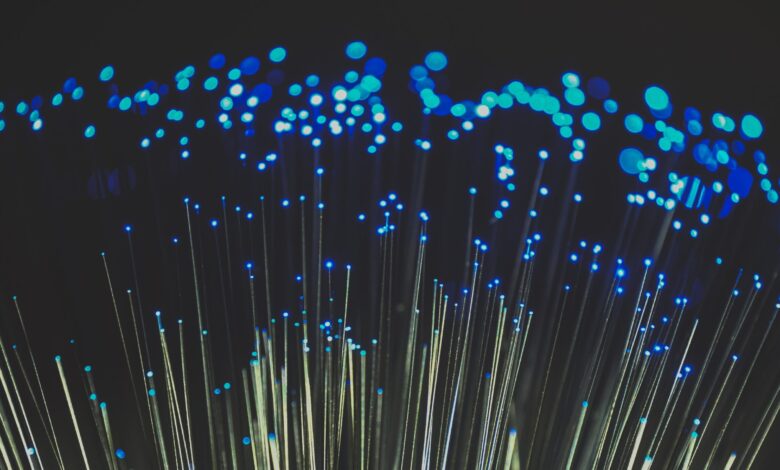
Understanding why we use fiber optics cable and not other kinds of cable

Fiber optic cables transmit large amounts of data at very high speeds and across vast distances. This technology is therefore widely in use in internet cables.
As compared to traditional copper wires, fiber optic cables are less bulky, lighter, more flexible, and carry more data. Modern fiber cables can contain up to a thousand fibers in a single cable. It is a network cable containing strands of glass fibers inside an insulated casing. High-performance data networking and long-distance transmission is the key
Fiber Optics is always the choice when it comes to building a network that requires long distances, high speeds, or heavy bandwidth connections.
First, fiber optics can carry data at close to the speed of light. Thus, data transmission through fiber optics is faster. Other kinds of cables suffer weakening signals over large distances.
However, fiber optics can transmit up to well over 24 miles. The light transmission in fiber optics does not generate any EMI, so fiber winds up being more secure, and requires less retransmission.
Further, fiber optics enhance cable management and save space. The lifespan of optic cables is far better and is future-proof.
Types of Fiber Optic Cables
There are three types of fiber optic cable: single-mode, multimode, and plastic optical fiber.
A single-mode cable is a single stand that is a glass fiber that has one mode of transmission.
Single-mode fiber gives you a higher transmission rate and up to 50 times more distance than multimode. Likewise, it also costs more. Also, Single-mode fiber has a much smaller core than multimode.
On the other hand, Multimode has a bit bigger diameter. Multimode fiber gives you high bandwidth at high speeds over medium distances. Light waves disperse into numerous paths, or modes, as they travel through the cable’s core.
A plastic optical fiber (POF) or polymer optical fiber is an optical fiber made of polymer. Similar to glass optical fiber, POF transmits light (for illumination or data) through the core of the fiber. Its chief advantage over the glass product, another aspect being equal, is its robustness under bending and stretching.
How our word is connected through Undersea Optical Cables
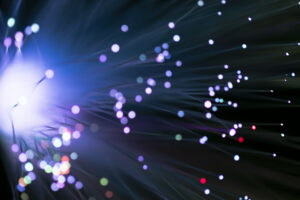
The ships, used for the purpose, are commonly referred to as cable-layers or cable-ships. To begin with, The cables are specially constructed for submarine operations as they have to endure harsh conditions as well as pressure. The laying of cables in the oceans of our world is a fascinating business.
First, Submarine cables are laid down by using specially-modified ships. It carries the submarine cable on board and slowly lays it out on the seabed as per the charts/plans given by the cable operator. If a cable is damaged, it is pick off the ocean floor by a drag hook system or a sub-sea rover.
Finally, It is then brought up on the ship deck and repaired, then replaced in the ocean. At first, Verizon has been the fastest-growing network over the past two years. By fiber route miles, to the end of 2018 with more than 1 million globally. First on the list of top fiber optic manufacturers is OFS, which offers optical fiber and fiber optic cables. Also optical and fiber laser components, fusion splicers, fiber laser amplifiers, modules, and optical connectivity and specialty products.
Is Fiber optics actually Replaceable by wireless technology

Using defense wave division multiplexing (DWDM), this open-air transmission technology increases network capacity in environments where fiber connections are impractical.
5G is a radio transmission technology to work as a shared resource to accommodate engineer estimated peak usage periods with a defined quality of service. Optical fiber isn’t new. So for the most part, traffic loads are understood by the engineers and all of the downstream elements have been augmented and upgraded by now.
As 5G is new, and it is unknown how users will respond to it. Also, what application developers will introduce to the market to take advantage of this new resource. Fiber optic cables have been around since 1952, and although the digital landscape has changed, fiber won’t become obsolete anytime soon.
The limits of fiber optics Cables

One of the most significant limitations of fiber is its fragility. Typically made of glass, fiber cables are thinner and lighter. Loss of light in an optical fiber is the result of absorption and impurities within the glass itself as well as losses caused by mechanical strains. That bends the fiber at an angle that is so sharp that the light can “leak out” through the cladding region. Losses due to attenuation are independent of the frequency or data rate of the signals being transmitted.
There is another loss factor however that is frequency related and is because light can have many paths through a fiber. Since data usually transmits by pulses of light, this, in essence, limits the maximum data rate of the fiber. The maximum possible bandwidth of an optical fiber channel is about 1 petabit per second.
However, that requires some extremely expensive gear. A more practical limit today is 100Gb/s. That only requires some pretty expensive gear. Next Fiber splicing is a complicated procedure and requires skillful manpower to achieve. Performance degradation will take place if not done properly. Further in the near and medium-term, the cost of fiber per home is still higher, making the cable more economical, for now.
Who develops and Manufactures Fiber Optics
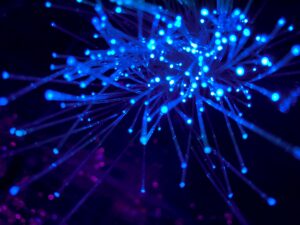
New devices, such as optical couplers and optical switches, are supporting a recent trend known as All-Optical Networks. Hence This new technology allows quick data transmission without any electrical processing.
US demand for fiber optic cable is forecast to increase 3.0% per year to $3.6 billion in 2025. Growth will be driven by the rollout of 5G, which will require considerable investment in supporting the network.
Furthermore, The wavemaker development will boost optical and quantum sensing technology, enhancing the performance of next-generation sensors and the information-carrying capacity of fiber-optic communications networks.
The Major companies operating optical fiber in India include Sterlite Technologies Limited, Himachal, Aksh OptiFiber Limited, Finolex Cables Limited, Birla Cables, and Paramount Communications Limited, etc. Companies are developing advanced technologies and launching new products to stay competitive in the market.
How Fiber optics Affects our day to day life
Fiber optic cables can transmit large amounts of data at very high speeds. As a result, Manufacturers use fiber optic cables to connect many devices for example GPS and radio in a car. This has driven the revolution of on-demand video streaming, and gigabit fiber broadband is driving the revolution in digital services.
Finally our Thoughts

Optical fibers connect up the Internet and data centers and ultrafast broadband and deliver medical innovation and the potential for rugged, highly versatile fiber connections to use in increasingly extreme conditions.
A common misconception is that most of our information transmits through satellites. Actually, fiber optic cables carry almost the totality of all data (around 99%), as cables can carry far more data at a much lower cost than satellites.
Finally, Fiber optic technology has been in our lives for a while now. In short. It eases the communication and the transmission of information. Also, it becomes more and more indispensable.

